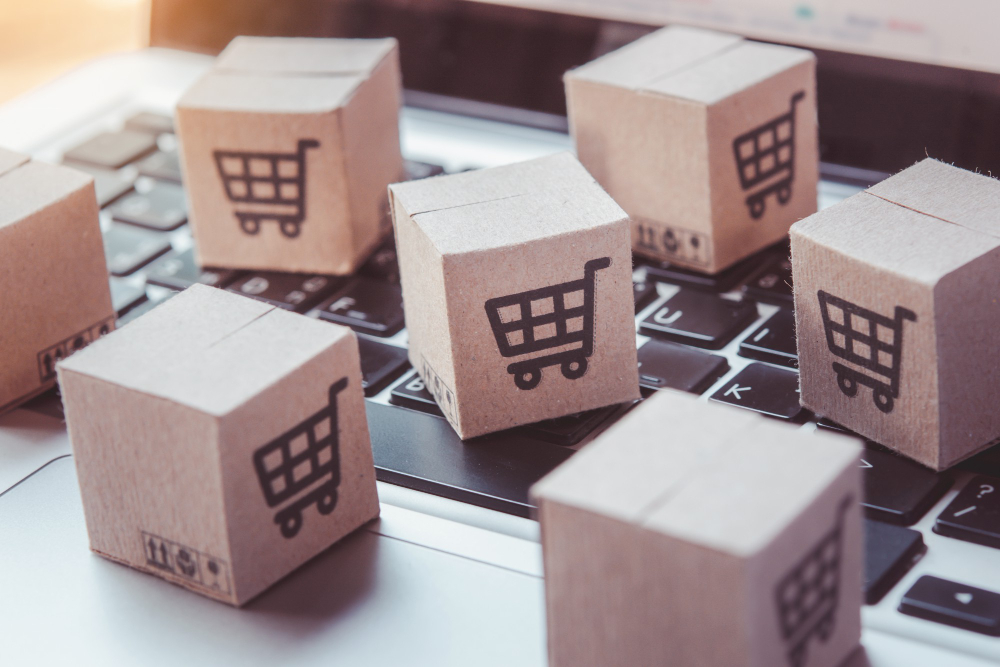Digital commerce is increasing, influencing various channels, devices, sectors, and markets. On the other hand, B2C transactions are often addressed while discussing e-commerce. In other words, enterprises that cater to the general people.
When it comes to B2B commerce, it is critical to understand the interests and demands of business clients.
One more important thing for your business is the website as well. WPMU DEV’s all-in-one platform makes it easy for anyone to create, manage, and sell websites. You can get 20% off any of their plans, including a free trial.
You’ve come to the right site if you’ve ever wondered what is B2B commerce and what it stands for?
Contents of Post
What Is B2B E-commerce? A Phrase or an Expression?

A B2B (B2B) transaction occurs between two businesses online. In other words, B2B commerce occurs when one organization sells goods or services to another organization – its customer. As with any different kind of business, B2B enterprises come in various forms, sizes, and degrees of sophistication. They apply to a wide variety of industries and company kinds, such as accountancy and legal services and manufacturing and retail.
While we are all aware that the B2B digital commerce sector is six times the size of the B2C market, many people are ignorant. A rising number of domestic and international company purchasers rely on the internet for buying convenience, speed, and simplicity. Demand for B2B e-commerce solutions will increase as pressure on traditional offline B2B vendors to develop an e-commerce site increases.
Is There a Change Occurring in B2B E-commerce?
Technology will continue to play a growing role in B2B interactions as it progresses. As a result of increased online sales, companies are being forced to focus on simplifying internal processes and enhancing the user experience, ease of use, and simplicity of use. Several trends outlined below are expected to emerge in e-commerce during the next five to ten years.
Personalization
Consumers, primarily corporate customers, demand a variety of things. Additionally, there is a slew of additional considerations for B2B purchasers. Multiple stakeholders and lengthier sales cycles need a higher degree of personalization – and this will continue to be the case.

Numerous clients respond only to customized messages, and many B2B buyers are willing to pay a premium for a personalized touch. This may be done using products, price, promotions, checkout procedures, and marketing communications.
VR and Augmented Reality Combined
If immersive experiences are critical for B2B e-commerce marketing, virtual reality (VR) and augmented, reality (AR) technologies may help. Specific B2B merchants may need to test and certify complicated items, such as replacement components or customized designs.
Conversations in Business

In 2021, three million more individuals in the United States will own a voice-activated device than in 2020. Both newcomers and existing suppliers may take advantage of this chance to improve the customer experience by repurchasing previously purchased products.
In contrast to traditional mobile applications, Progressive Web Apps (PWAs) run entirely inside the web browser. This is becoming more prevalent not just in online services but also in e-commerce. Shops that employ PWA-enabled technologies are easier to find and convert at a greater rate.
The Internet of Things and Artificial Intelligence Artificial intelligence and Internet of Things technologies continue to impact B2B e-commerce. A precise prognosis of predicted repercussions and recommendations for the best course of action may assist everyone in succeeding, from suppliers to managers to marketing reps to consumers.
What Are the Differences Between B2B and B2C?

When it comes to B2B and B2C e-commerce, it’s critical to understand who we’re selling to. If you’re a business-to-consumer retailer like Nordstrom or Walmart, your online experience almost always matches your in-store experience.
Things get a little more complicated when it comes to B2B sales. B2B customers come in various industries and verticals, each with its own set of expectations and buying procedures. You may sell to private medical institutions and government-funded health clinics as a single medical supply distributor. A retailer or distributor selling directly to consumers may purchase through an equipment rental company, which then sells to a retailer or distributor selling directly to companies.
For both B2C and B2B clients, personalization, usability, and mobility are critical elements. Fulfillment, shipping, payment, and other technology advancements redefine the consumer experience for both types of consumers. B2B e-commerce is distinguished from B2C e-commerce by the following characteristics:
Purchases Have Increased in Frequency
In contrast to B2C e-commerce, where customers make impulse purchases, B2B transactions are more complicated and time-consuming. B2B sellers often have fewer leads and a higher volume of contracts, estimates, and purchase orders. Businesses need trusted suppliers to ensure consistency and efficiency in buying their clients.
Assume we’re discussing a machine assembly line. A purchase agreement is entered up with a supplier to obtain an agreed-upon number of components from the manufacturer each year. When such agreements are in place, the buyer’s confidence increases.
Products and Pricing Are Adjusted To Meet the Consumer’s Needs

While personalization is advantageous in B2C, B2Bs must work well. Corporate buyers’ success depends on customized product catalogs and pricing lists, quotation and contract negotiation procedures, and the appropriate payment and delivery alternatives. Additionally, they anticipate obtaining special discounts on a variety of things.
Certain B2B sellers must consider external variables when determining their B2B sales and pricing. For instance, a distributor may begin with manufacturer-defined pricing and then dynamically alter it based on factors such as location, volume, and other pre-negotiated criteria for distributors, wholesalers, and retailers.
Accounts and Responsibilities of the Business
Unlike B2C consumers, B2B customers who purchase from a single provider may have fairly distinct requirements. There are various examples of siloed processes in large organizations, for example, the multiple departments of a large firm. B2B sellers must segment their operations into many brands and websites, each with its own intelligent, B2B-focused online shop.
Consider a business that receives a varied range of orders, both in number and dollar worth. Purchases by junior buyers are permitted, but only up to a particular sum. They want a higher-up to be notified whenever an order exceeds a certain threshold.
What Benefits Can You Expect From B2B E-commerce?

What is B2B e-commerce? Electronic commerce enables businesses to trade data, products, and services. Apart from the obvious benefits of being online, B2B e-commerce may help you get a deeper understanding of your clients and their needs.
It contributes to the growth of new markets, boosts employee productivity, and motivates existing consumers to make further purchases. Additionally, e-commerce-enabled B2B firms are more efficient, demand more from their suppliers, and rely on actual data to drive business choices that help them maintain market leadership.
Numerous Ways and Websites May Be Used to Market Products and Services
The digital revolution requires businesses to provide search engine-friendly, comprehensive, and mobile-ready experiences that are readily identifiable and accessible. Numerous organizations in the B2B sector are striving to grow into new regions by establishing new branded websites in multiple languages, currencies and ordering choices relevant to specific locations.
Order Procedures Can Contribute to Sales Growth
Automated document management, agreements, and checkout processes are all possible with B2B e-commerce. Consequently, the B2B customer experience is consistent, and fewer human mistakes might result in lost income.

